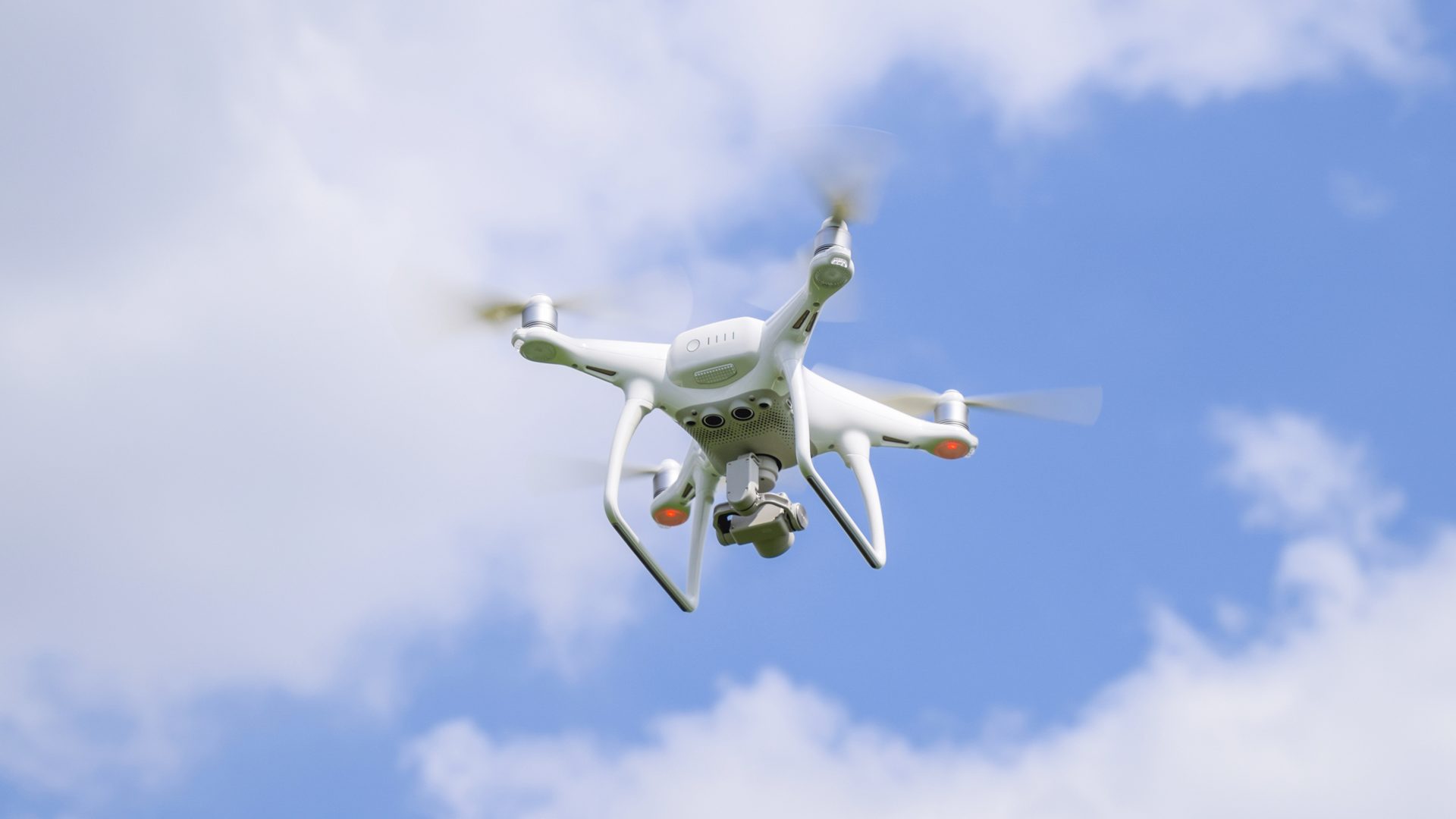
transport & mobility
EU Sustainable & Smart Mobility Strategy – next steps for DJI
On 9 December 2020, the European Commission presented its Sustainable and Smart Mobility Strategy. The aim was to serve as a blueprint for an EU transport sector that fits a clean, digital and modern economy. Drones are very much a part of this transition. While the much-awaited disruption has been more gradual than expected, drones will become critical for tomorrow’s greener and smarter mobility.

Given their endless applications and services, it was decided to regulate drones at European rather than national level. This became possible with the European Union Aviation Safety Agency Basic Regulation passed in 2018. The Commission makes full use of this vital overhaul by including drones in its newly released Strategy.
Christian Struwe, Head of Public Policy EMEA at DJI, explained to us the new framework being implemented in Europe for drones, and the opportunities and challenges that lie ahead for the industry. As a critical stakeholder in both the drone market and the European standardisation process, DJI keeps a close eye on the Commission’s initiatives.
Bearing in mind growing climate concerns and COVID-19, how would you assess 2020 for the drone ecosystem? What are the lessons learnt and the possible way forward?
Christian Struwe (CS): Drones have become vital tools in numerous professional tasks. Whether it is to inspect powerlines, study air quality, map remote territory, protect animals, fight forest fires, or deliver medicine, engineers, doctors and firefighters use drones every day around the world. And since drones have a much lighter carbon footprint than land or air transport alternatives, they are also a solution towards climate neutrality.
Now, the European Drone Regulations prepared by the European Union Aviation Safety Agency (EASA), which came into force on 31 December 2020, are heralding a new era. They have created a harmonised framework across the continent allowing businesses to perform operations, such as those mentioned previously, without undergoing specific registration processes and training requirements. This new level-playing field will facilitate the roll-out of pan-European services and solutions.
[…] drones have a much lighter carbon footprint than land or air transport alternatives, they are also a solution towards climate neutrality.
Digitalisation, automation and connectivity are reshaping the transport sector: what are the most promising opportunities in the digital age for your industry? Any areas for improvement?
CS: Drone technology is probably one of the most promising opportunities of the digital age. Thanks to automation, data, and artificial intelligence, drones can capture and process qualified information faster, safer, and cheaper than ever before. Today, they serve as the launch platform for new services and solutions.
Drones are well-known for their high-resolution photo and video capabilities. Combined with other sensors and onboard computing, drones could leverage cloud processing to create actionable datasets for various economic and social actors. Today, such datasets are already useful in construction or infrastructure inspection. They also serve first responders in emergencies.
Drones will also shape the Future of Work. Every day, companies identify new applications for aerial technologies. And with workflows shortened and manual activities becoming more and more automated, all kinds of organisations will look to the skies for faster solutions.
Yet, today, regulations could still stand in the way of widespread adoption of drone technology. DJI believes governments should facilitate drone innovation and remain technology-neutral. Regulations must address the desired public policy outcomes without prescribing specific solutions that would foreclose possible technological developments. We remain confident that the newly in force European Drone Regulations will succeed in accomplishing that.
[…] DJI believes governments should facilitate drone innovation and remain technology-neutral. Regulations must address the desired public policy outcomes without prescribing specific solutions […]
What are the most important proposals from the Commission Sustainable and Smart Mobility Strategy for your sector? Does the Strategy correctly address the policy needs of your industry?
CS: The Strategy clearly outlines the objectives of the European Union’s transport policy for the coming decades. What is crucial for us is that it mentions the need to regulate the U-space. The U-space refers to the procedures and highly automated and digitalised services supporting drones’ operation in all environments, including urban.
The drone industry needs a traffic management system, but one that does not kill off innovation. Otherwise, we risk hampering the development of more advanced drone technology. We will have the opportunity to discuss these challenges when the Commission prepares its much-awaited EU Drone Strategy 2.0. The subsequent regulations will be of even greater importance for the future evolution of drone technology.
The drone industry needs a traffic management system, but one that does not kill off innovation. Otherwise, we risk hampering the development of more advanced drone technology.
Given the COVID-19 context (no face-to-face meetings, etc.) how will you adapt your engagement strategy with regulators to make your voice heard?
CS: Like everyone else, we have moved most of our activities online since the beginning of 2020. In the future, the combination of physical and online interactions will help us increase our public affairs engagement. Thanks to tailored online campaigns, we can reach various stakeholders digitally in more effective ways than through in-person meetings. However, online sessions do not fully replace face-to-face interactions. That’s why we are as eager as anyone to meet again as soon as circumstances allow.
